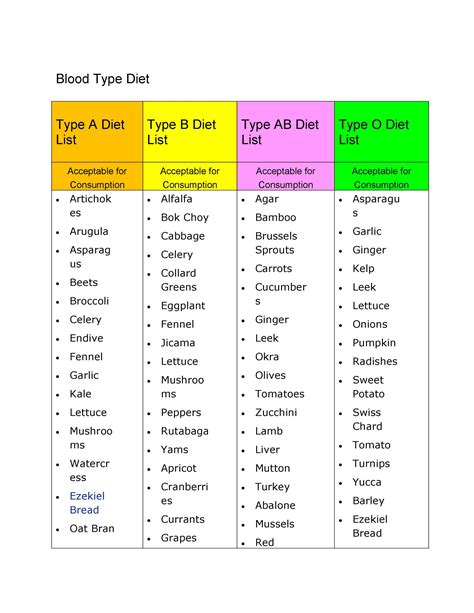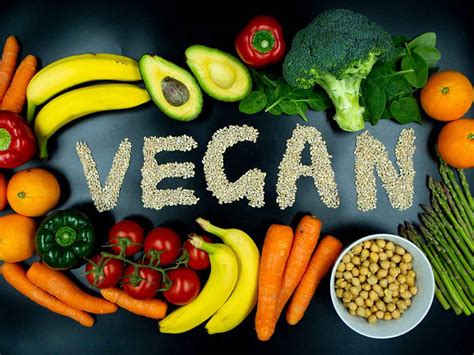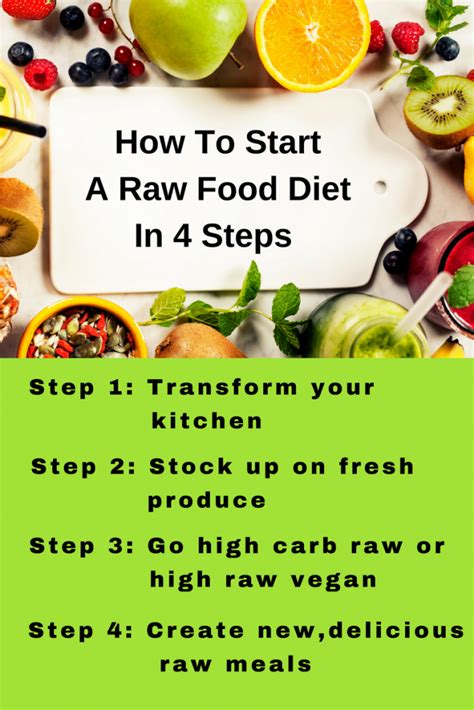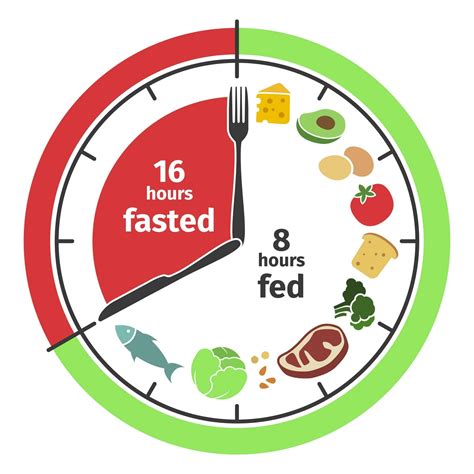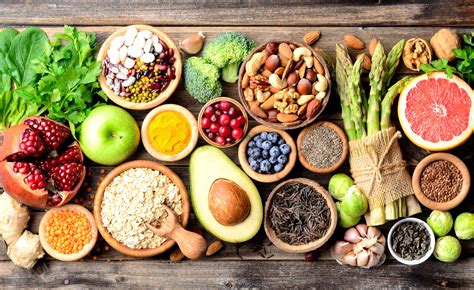Learn how the Dash Diet can improve your health with this comprehensive guide. Discover its components, benefits, meal plan, and tips for getting started.
Introduction to Dash Diet
Contents
The Dash Diet stands for Dietary Approaches to Stop Hypertension. It is a nutritional approach designed to help individuals lower their blood pressure and improve overall health. This diet emphasizes consuming foods high in nutrients, such as fruits, vegetables, and whole grains, while limiting the intake of saturated fats, cholesterol, and sodium. The Dash Diet also encourages reducing the consumption of red meat, sweets, and sugary beverages, and instead focuses on lean proteins, nuts, and seeds.
One of the key components of the Dash Diet is to increase the intake of potassium, calcium, magnesium, and fiber, all of which have been shown to have a positive impact on blood pressure levels. By following the Dash Diet guidelines, individuals can create a well-balanced eating plan that is not only beneficial for managing hypertension, but also for overall heart health and weight management.
When following the Dash Diet, it is important to be mindful of portion sizes and to monitor daily sodium intake. The diet plan provides a framework for making healthier choices and can be personalized to individual preferences and dietary restrictions. With the emphasis on whole, nutrient-dense foods, the Dash Diet promotes better eating habits and can contribute to long-term health improvements.
For those looking to adopt a more healthful approach to eating, the Dash Diet offers a practical and sustainable way to improve overall well-being. By prioritizing a balanced intake of essential nutrients, the diet can have lasting benefits for cardiovascular health and overall wellness.
Components of Dash Diet
The DASH Diet stands for Dietary Approaches to Stop Hypertension. It is an eating plan designed to lower or control high blood pressure. The main components of the DASH diet include fruits and vegetables, lean protein, whole grains, and low-fat dairy products.
Fruits and vegetables are an essential part of the DASH diet, providing important nutrients like potassium, fiber, and antioxidants. They should make up a large portion of your daily food intake.
Lean protein sources such as poultry, fish, and beans are encouraged in the DASH diet. These provide protein without the high levels of saturated fat found in red meat.
Whole grains are another important component, providing fiber and essential nutrients. These can include foods like whole wheat bread, brown rice, and oatmeal.
Low-fat dairy products such as milk, yogurt, and cheese are included in the DASH diet to provide important nutrients like calcium and vitamin D while keeping saturated fat levels in check.
Benefits of Dash Diet
The Dash Diet has gained popularity for its numerous health benefits. One of the main benefits of following the Dash Diet is its ability to lower blood pressure. This is especially beneficial for individuals with hypertension or at risk for heart disease. By emphasizing the consumption of fruits, vegetables, whole grains, and lean proteins, the Dash Diet helps to reduce sodium intake, leading to lower blood pressure levels.
Another significant benefit of the Dash Diet is its potential to improve heart health. The diet’s focus on nutrient-rich foods and avoidance of processed and high-sugar products can contribute to better cardiovascular health. Additionally, the emphasis on consuming heart-healthy fats, such as those found in avocados and nuts, can further improve heart function and reduce the risk of heart disease.
In addition to promoting heart health, the Dash Diet has been shown to be effective for weight management. The emphasis on whole foods and limiting processed foods can help individuals maintain a healthy weight or support weight loss efforts. By incorporating a variety of nutrient-dense foods, the Dash Diet can provide a satisfying and balanced approach to achieving and maintaining a healthy weight.
Furthermore, the Dash Diet has been linked to a reduced risk of developing chronic conditions such as diabetes and certain types of cancer. The diet’s focus on consuming a variety of fruits, vegetables, and whole grains provides essential nutrients and antioxidants that can help to prevent the onset of these diseases. By following the Dash Diet, individuals can improve their overall health and reduce their risk of developing serious medical conditions.
In summary, the Dash Diet offers numerous benefits for overall health and wellness. From promoting heart health and lowering blood pressure to supporting weight management and reducing the risk of chronic diseases, the diet’s emphasis on whole, nutrient-rich foods makes it a valuable choice for individuals seeking to improve their health and well-being.
Sample Dash Diet Meal Plan
The Sample Dash Diet Meal Plan is a guide to help individuals follow the dietary approach to stop hypertension. The main aim of this diet plan is to lower sodium intake and emphasize consumption of foods rich in potassium, calcium, magnesium, protein, and fiber.
This meal plan involves consuming a variety of nutrient-rich foods from all food groups, including fruits, vegetables, whole grains, lean proteins, and low-fat dairy products. The plan also recommends reducing the intake of red meat, sugary beverages, and high-fat dairy products.
Example of a Dash Diet Meal Plan:
- Breakfast: Oatmeal with fresh berries and a side of low-fat Greek yogurt.
- Lunch: Grilled chicken salad with mixed greens, tomatoes, cucumbers, and olive oil vinaigrette.
- Snack: Sliced apple with a tablespoon of almond butter.
- Dinner: Baked salmon with steamed broccoli and quinoa.
It is important to note that the Dash Diet Meal Plan is not a one-size-fits-all solution. It is essential to consult with a healthcare professional or a registered dietitian before making any major dietary changes.
Tips for Starting Dash Diet
Starting the DASH Diet can be a daunting task, especially if you are used to a different eating pattern. Here are some tips to help you get started on this heart-healthy and balanced way of eating.
First, it’s important to consult with a healthcare professional before starting the DASH Diet, especially if you have any underlying health conditions or are taking medications. They can provide guidance and ensure that the diet is safe and appropriate for your individual needs.
Next, familiarize yourself with the key principles of the DASH Diet, which include consuming a variety of fruits, vegetables, whole grains, lean protein, and low-fat dairy products while limiting sodium, saturated fats, and added sugars. Understanding these principles will help you make informed food choices.
As you begin to transition to the DASH Diet, gradually incorporate new foods and recipes into your meals. This gradual approach can make the dietary changes more sustainable and enjoyable, reducing the risk of feeling overwhelmed or deprived.
Finally, be patient and persistent as you start the DASH Diet. It may take some time to adjust to the new way of eating and develop new habits. Keep in mind that the long-term benefits of the DASH Diet, including lower blood pressure and reduced risk of heart disease, make the initial effort worthwhile.


